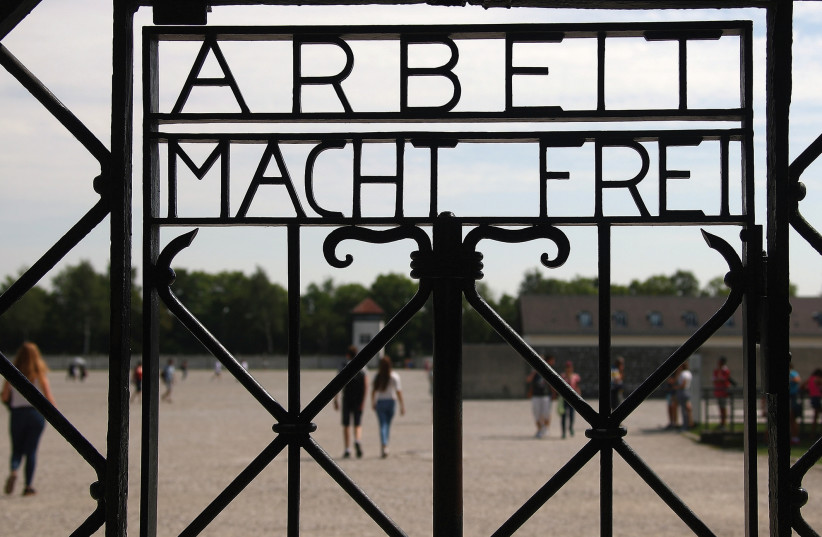A Dutch priest who was killed in a Nazi concentration camp during the Holocaust could soon be declared a saint by the Catholic Church, the Vatican announced.
According to Pope Francis, the priest in question, Titus Brandsma, has been confirmed as having performed a miracle after death. The nature of this miracle is not yet known.
Brandsma was a journalist, writer, friar and ordained priest from the Netherlands who was a vocal opponent of Nazi ideology and the antisemitic laws passed in Germany in the early days of the Nazi regime. He was also an advocate for freedom of the press and education.
These views did not go unnoticed by the Nazis, who took over the Netherlands after a successful invasion in May 1940.
In January 1942, Brandsma was arrested after going around to different Catholic newspapers, hand delivering letters from the Conference of Dutch Bishops ordering them to disobey German law and not print official Nazi documents.

According to to the Vatican, the Nazis offered to spare him and let him live in a quiet monastery if he would tell Catholic newspapers to publish Nazi documents, but he refused.
In June of that same year, he was sent to the Dachau concentration camp northwest of Munich. There, his condition continued to worsen from hard labor and starvation.
He was eventually killed on July 26, 1942 when a nurse in the Allgemeine SS gave him a lethal injection as part of the biological experiments carried out on camp prisoners, as noted by his official biography on the website of the Carmelite Order, to which he belonged.

Brandsma is remembered by the Catholic Church as a martyr, and is known for his determination and his opposition to antisemitism - the latter of which being something many of his contemporary Catholics disagreed with.
In 1985, Pope John Paul II beatified Brandsma, meaning he is Blessed and has entered heaven, and has the capacity to help those who pray in his name by interceding on their behalf before God. Normally, one would need to have performed a miracle after death to be beatified, but this is not the case for those recognized by the Church as being martyrs.
As is common with someone beatified, Brandsma has a feast day, though the term refers to a religious celebration for an individual and has nothing to do with large meals. Brandsma's feast day is recognized as July 27 and is observed by the Carmelite Order.
Beatification is considered one of the requirements needed to be declared a saint. This process of canonization has four steps, as recently stated by Pope John Paul II's Divinus Perfectionis Magister in 1983.
The first step sees one declared Servus Dei, a Servant of God, by a bishop after their death. The second, Venerabilis, Venerable, sees the pope recognize the Servant of God's "heroic virtue."
The third step is Beatus, beatification, which can be declared if they carried out a confirmed miracle after death or were declared a martyr by the pope.
The last step is Sanctus, sainthood. The main requirement for this final step of canonization is that the Blessed deceased were confirmed to have performed two miracles after death. For those Blessed not declared martyrs, only one miracle is needed, as the miracle that got them declared Blessed in the first place still counts.
Martyrs, however, require two, and as only one has been attributed to Brandsma thus far, it may be a while before he is canonized, if at all.
But it is possible to waive this requirement. This process, though extremely rare, requires an agreement between the pope, the Congregation for the Causes of Saints and the Sacred College of Cardinals all agree that the Blessed lived with great merit.
